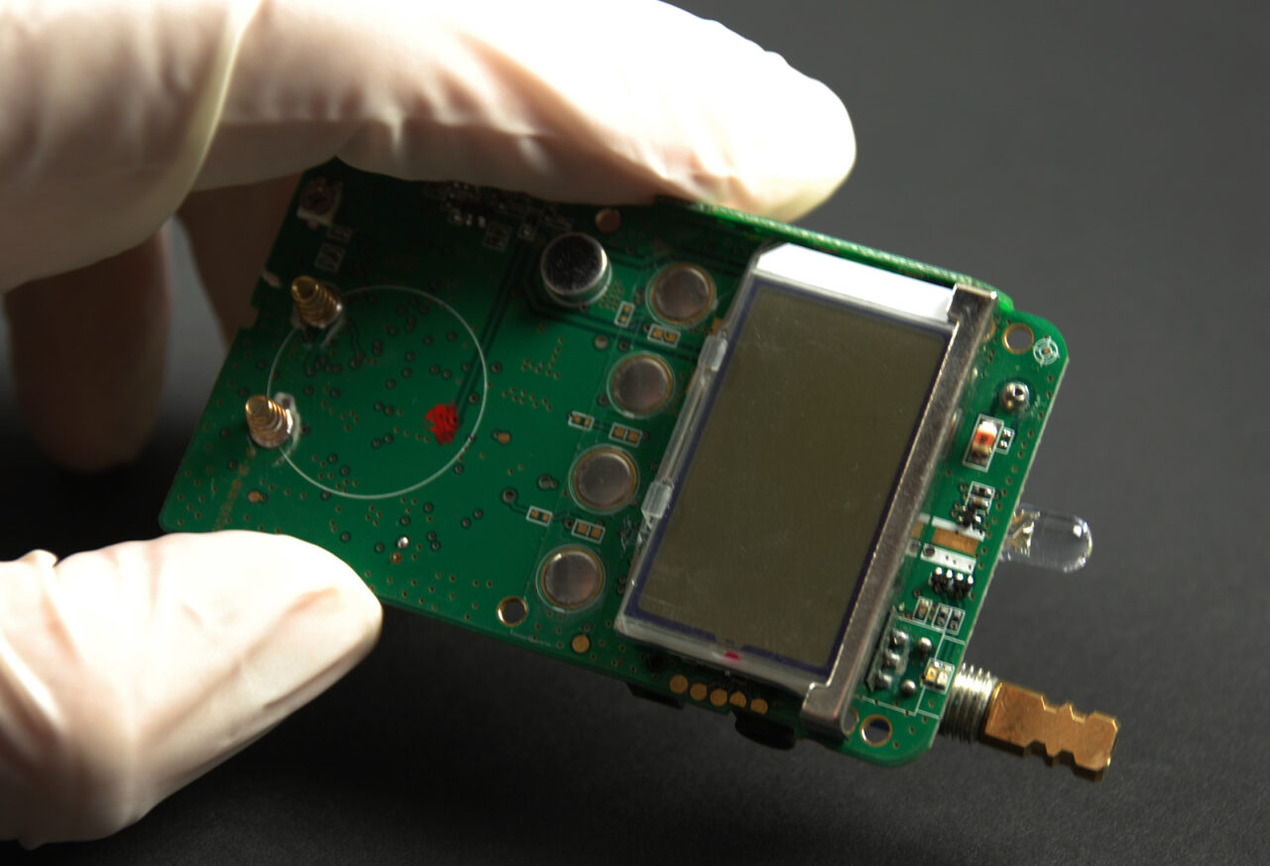
Renewable energy is supposed to take us towards a
sustainable energy future. But we have to solve the problem of energy storage if
we are to reach that envisioned future.
At EmTech Asia 2018, OpenGov had the opportunity to speak to Professor Donald
Sadoway, John F. Elliott Professor of Materials Chemistry, at the
Massachusetts Institute of Technology (MIT) about this key piece of puzzle.
Professor Sadoway's research seeks to establish the scientific underpinnings
for technologies that make efficient use of energy and natural resources in an
environmentally sound manner. This spans engineering applications and the
supportive fundamental science.
Why we need energy
storage
He explained that renewable sources of energy, whether wind
or solar, are intermittent. Batteries are required to bridge the gaps in
generation and provide the customers with uninterrupted power, even though the
source is interruptible.
In electricity grids, supply must always be in perfect
balance with demand. “That means, if in the middle of the night the demand goes
down, then the supply has to go down. If you just continue to push the
electricity into the grid, when somebody plugs in there’s going to be an
accumulation and they are going to have super high voltage, frequency will be
off specification. That is really dangerous,” said Prof Sadoway.
Batteries can be used to store the energy when production
exceeds consumption and return energy to the grid when production falls below
consumption. This is important for microgrids as they are highly sensitive to
fluctuations in demand and supply due to their small size. The effect on the
big grids is not so visible.
Using an analogy, Prof Sadoway said, “If you step into the
ocean, you don’t see the water level change but in a bathtub you see the water
level change.”
Requirements to be
met
Stationary grid-scale batteries have to meet several
requirements. They need to have a long service lifetime and they have to be
safe. Lithium ion (Li-ion) batteries can catch fire if the temperature gets too
high.
The solution has to work all over the world, over a range of
ambient temperatures from -40 to 40 degree Celsius. Ambient temperature of 40
could mean that inside the battery container the temperature could be 60-70
degree Celsius, which might lead to thermal runway in Li-ion batteries.
The battery also has to be able to service many different
functions from providing power when the sun is not shining to reacting quickly
as ballast in the middle of the day, when there’s an imbalance between supply
and demand.
Prof Sadoway compared to these two very different use
patterns to a hearing aid and a power drill. Supplying power overnight at a
slow, steady pace is like a hearing aid, which has a low constant drain.
Whereas when the power drill is used, there is a burst of power, but it is not
run hours on end.
Ultimately the cost of having a battery in conjunction with
solar power has to be lower than conventional sources.
Because natural gas is so cheap in the US, it’s cheaper to use
a gas-fired peaking power plant. Peaking units supply power only occasionally, when
there is a high demand. They serve as battery substitute to fill in demand
gaps.
“You know that as long as you put gas into the gas fired
peaking unit, it will run. If you are responsible for the economics of the
installation, you have to look at the higher cost of the battery and the
uncertainty of its service lifetime vs the lower cost of acquisition and
operation for a gas-fired peaking unit,” Prof Sadoway elaborated on the allure
of gas.
The energy suppliers might prefer not have greenhouse gas
emissions, but ensuring uninterrupted electricity supply to their customer base
would be their priority.
Recent developments
in energy storage technologies
Prof Sadoway said that the primary focus has been on mobile
storage and that requirement has been largely met by Li-ion.
But he bemoaned the lack of progress and risk-taking in the
stationary storage research landscape. “When I look at the research landscape I
don’t see much of risk-taking. People are resorting to the old ideas which have
been tried and haven’t succeeded. There’s lithium-air, lithium-sulphur, now
some people are looking at sodium ion, magnesium ion, there’s flow batteries.
None of them have succeeded. They have all been around for tens of years,” he
said.
There has been some commercialisation. For instance, the
Li-ion battery installations by Tesla, such as the installation
of the largest battery in South Australia (SA) last year.
But Prof Sadoway said that these are very recent installations
and long duration data is not there at the moment.
Users change mobile phones every few years. “You get a new
phone. The phone manufacturers get you to buy a new phone. What people don’t
appreciate is that the batteries which have been slowly decaying over time, you
get brand new batteries too,” Prof Sadoway pointed out.
But for stationary storage installations, whether on a
conventional grid or on micro-grids, people are expecting the batteries to last
20-30 years. There is not data available to back that up. Heavy government subsidies are required to make these
installations possible at the moment, as they are not yet economically viable.
However, Prof Sadoway added, “I don’t want to say this is
all negative. By installing the batteries, even with heavy government
subsidies, we get to learn what the benefits are of having a combination of
intermittent renewable source of electricity whether it’s wind or solar, in
conjunction with the battery, and how that can enable new functionality that otherwise
is lacking. There may even be some surprises there. Or advantages that were
unforeseen.”
He said that there are a lot of learnings to be had from the
SA installation. The Li-ion batteries can serve as stepping stones to
demonstrate the potential and understand the challenges.
But it’s important that people not look at these
installations and say problem solved. Because he said that the cost of the
technology is already close to minimum and it is approaching the cost of the
components. It is not going to get significantly cheaper.
Prof Sadoway himself is focused on a liquid metal battery
for stationary storage. This is a technology developed for stationary storage.
A liquid metal battery has an all liquid interior. There is a
low-density liquid metal on top, a high-density liquid metal on the bottom and
molten salt in between.
The team conducted accelerated testing, charging and
discharging the battery once a day. After going through 4000 cycles in 4 years,
there is 99% retention of capacity, indicating imperceptible capacity fade.
Prof Sadoway said, “If we learn how to manufacture the
battery with high degree of quality control, then I think this thing quite
possibly will be successful in this market.” His company, Ambri, is exploring commercialisation
of the technology.
But he said that because the big grids are capital
intensive, the people running them are risk-averse. The people innovating and
coming up with new technologies have to play with the big guys, because they
are working with intermittent renewables and have to remain connected to the
grid. Then these big players set the terms and conditions.
“That’s why progress in this area is so slow, because you
have the combination of very high performance requirements, very low price
point and a very resistant to change industry,” Prof Sadoway said. The
resistance to change has to be overcome if new energy storage solutions are to
be deployed and scaled up.
















